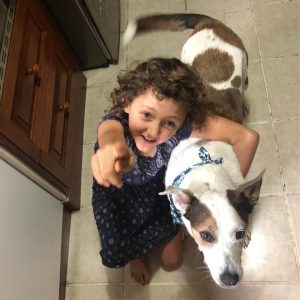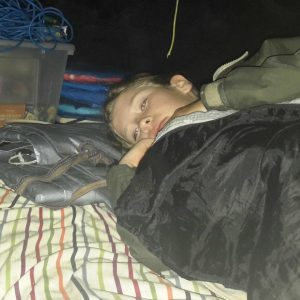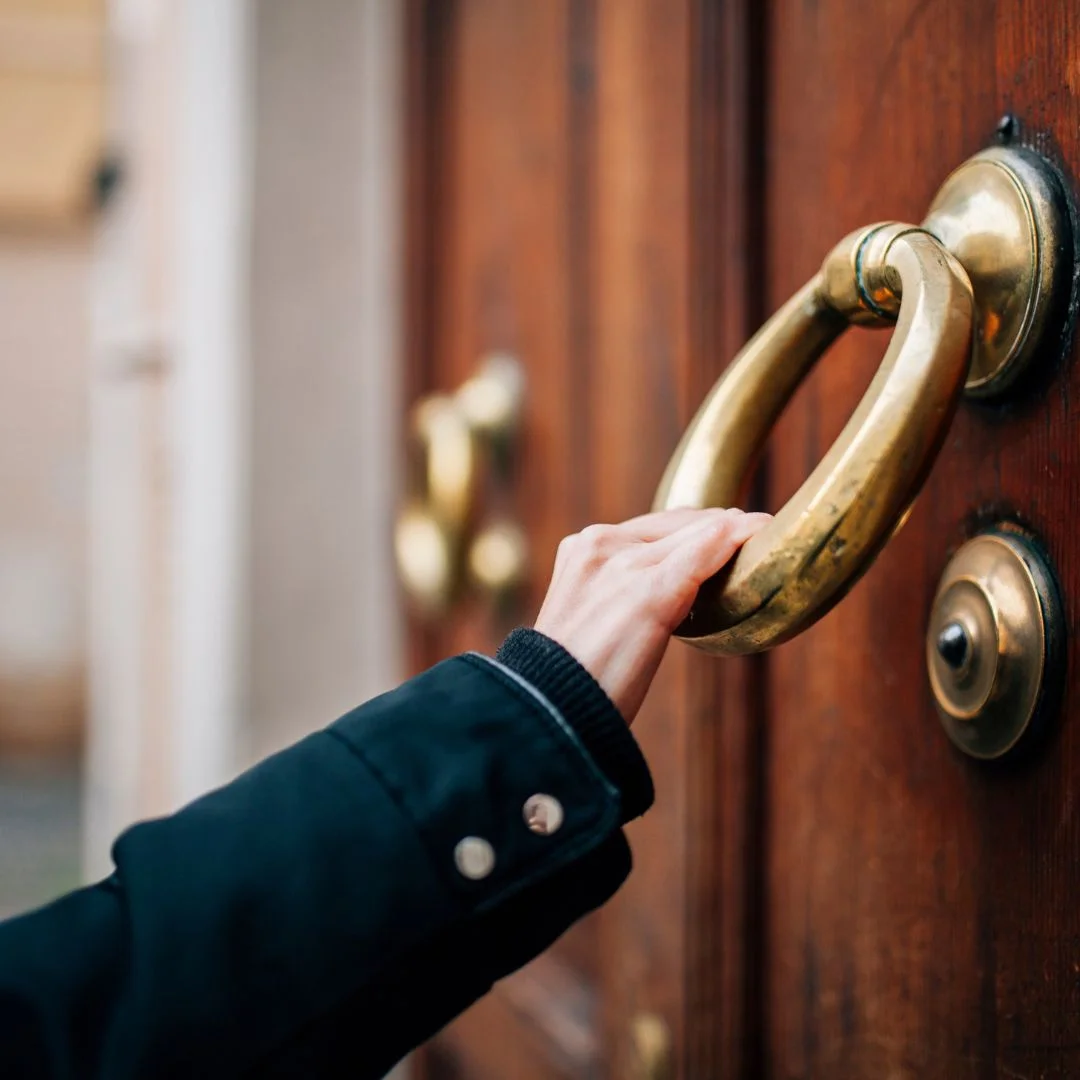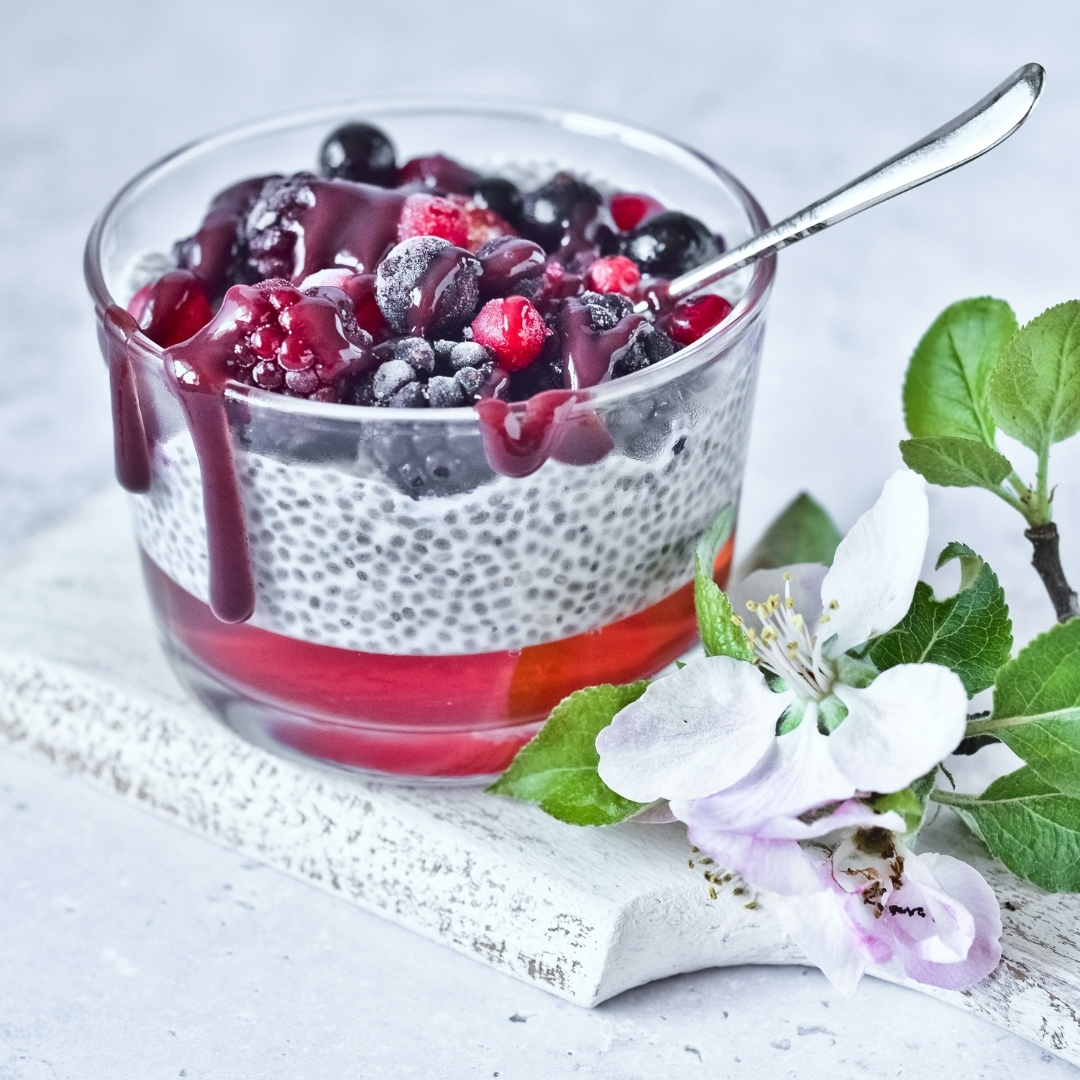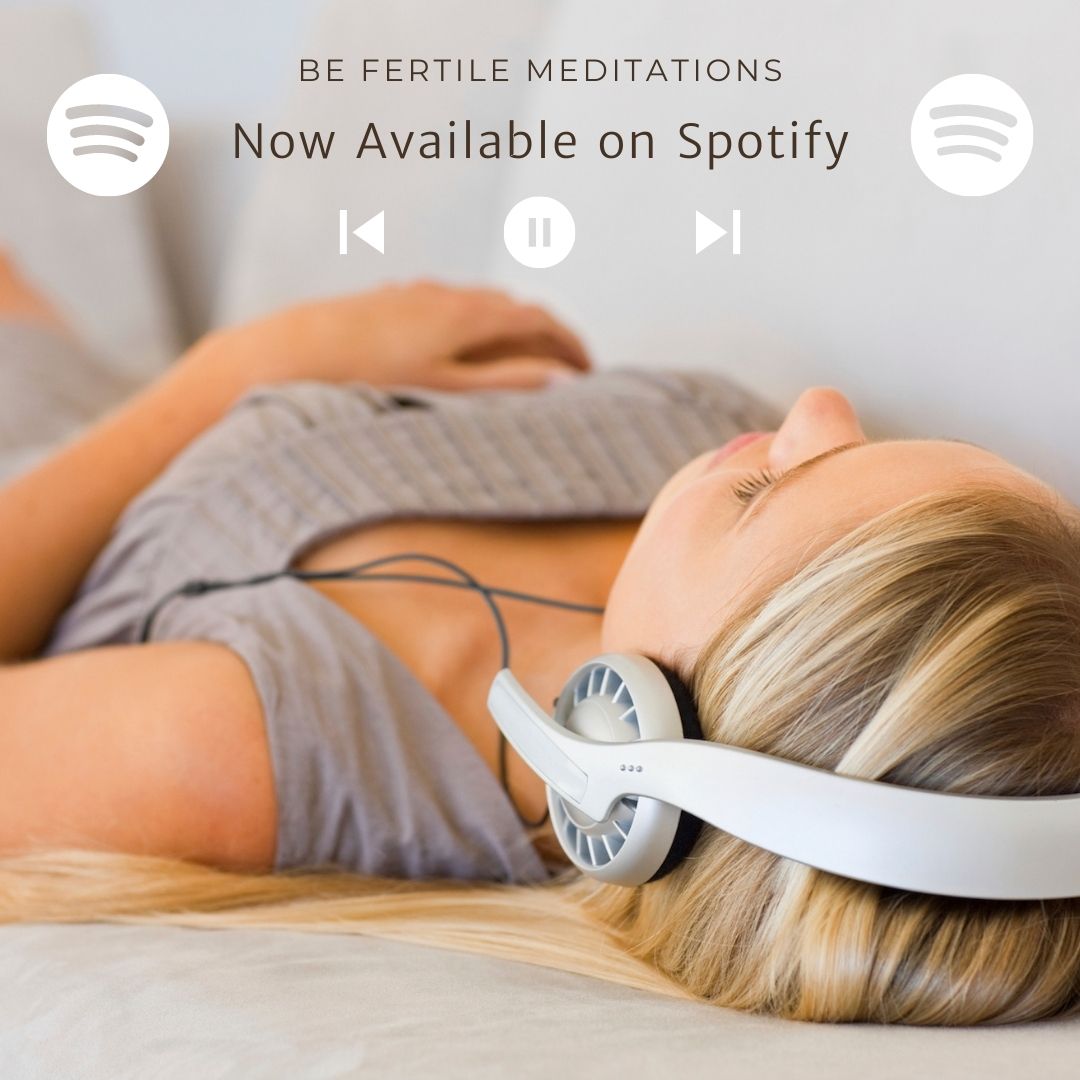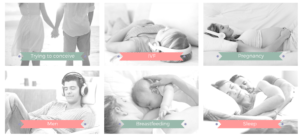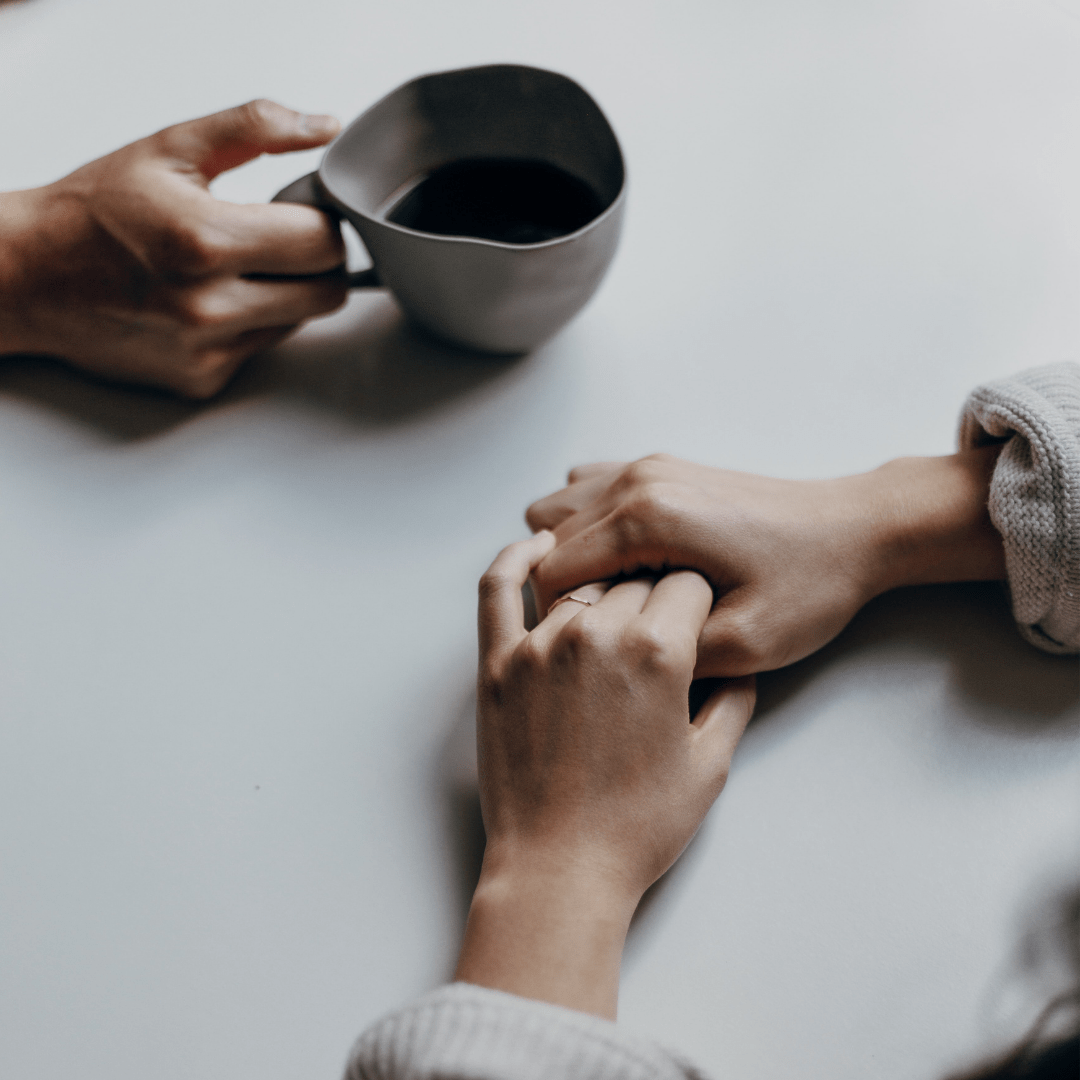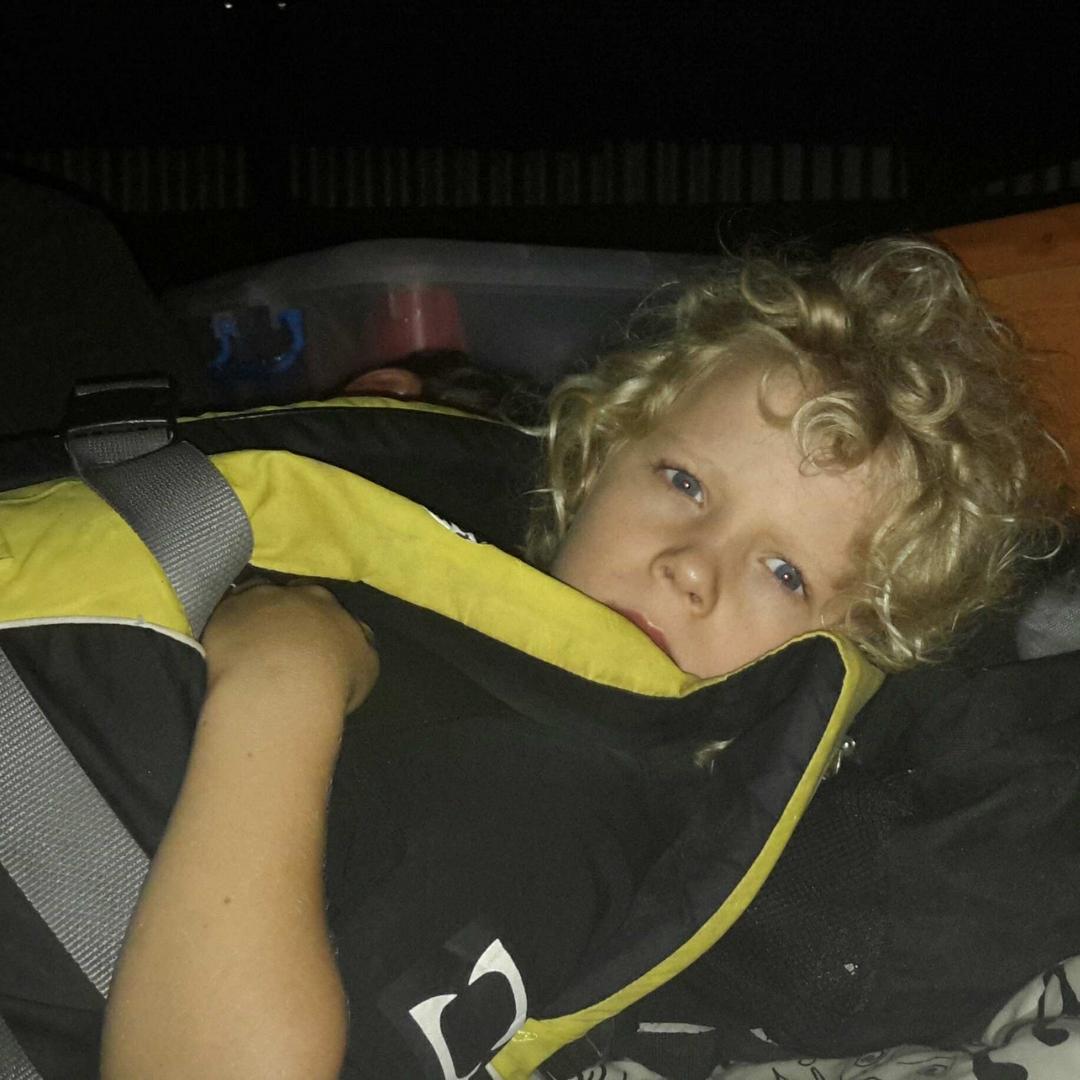
Our hearts reach out to all the people who have been caught in these catastrophic floods.
Within this huge group of impacted people there is a minority community who have been sharing their stories of survival with us directly – solo parent families who have lost their homes. These people are sharing their stories with us because we have launched a fundraising campaign to support this vulnerable group to rebuild their lives. Supporting community health, in particular family health, has been a mission of Fertile Ground Health Group for the last 21 years and in this time of need we feel grateful to have the means to generate momentum and support for solo parent families in NSW who have lost their homes.
These stories of survival in the devastating floods are powerful demonstrations of the resilience and willingness of the human spirit when met with such catastrophic and urgent life and death moments. These stories are both heartbreaking and inspirational. So far it is solo mummas and their children who have registered for support with us from this campaign, and the courage these women show is incredible.
Read the Stories of Survival (continuously updated as more come through)
When we heard the news of the flood I immediately contacted my landlord who said in the 2017 flood my apartment was absolutely fine so I naïvely thought we would be okay to stay here and just use our gas camping stove for meals. I ran out and helped move things in the library in the Toy Library, and got some shopping and then settled in for a few days stuck in the house. We don’t have many support systems in the area where we can just rock up for a few days and expect them to accommodate us, even if there is the threat of disaster. By 11pm we were getting warnings that the flood was going to be bigger than predicted, and we’d need to evacuate.
I had already moved my car and I did not think it was safe to walk 3 km through low-lying streets with my three-year-old on my back so we decided to stay put. I flagged down a passing SES car but they said they were not taking pedestrians in their cars simply warning them to evacuate. We had no choice but to stay put and hope for the best. I called my Dad letting him know what was happening in case reception went and wrote a list of important phone contacts and sealed it in a ziplock and shoved it in my dry bag.
I rushed around moving things as high as possible, packing go bags and tying my kayak to the clothesline. A move I thought was futile at the time. At 2 o’clock I heard a large bang downstairs and alarms started blaring. The levy had broken and water was rushing so fast down our downtown apartment that trees were being snapped. A stray gas bottle smashed into our door. Cue panic – dressing myself and my 3yo and a plea to the universe that we would survive again. In January of 2021 I woke to almost our entire apartment on fire, it had just reached the hall outside our bedroom.
I scooped my 3yo out of bed and bolted, seconds after placing my feet in the garden from the bottom step both gas bottles exploded. Now we were living a similar horror again! Hours passed, frantic calls to both police and SES begging them to just take my daughter. The last SES call at 5am was met with a blunt ‘we aren’t coming into the CBD, good luck’ and an abrupt beep as they hung up.
I called Mum and Dad and choked out a goodbye. Called a friend and told her I didn’t blame her for the advice to stay in the apartment. By this point the water was up to my knees. My 3yo was being exceptionally calm and brave, I am so proud of her! I lifted her from the floating couch into the kayak and jumped in after her, balancing the 4 kittens we had recently rescued precariously at the front. We had about another 1m left on the tether before the top of the kayak would have been pulled under water. I had a knife ready to slash it. We were wearing helmets and she had a floaty, I had a head torch.
Even though the water was calm and slowly flowing away from the river, the rush of water I had seen earlier was so ferocious I was convinced we were dead if we entered it, kayak or not. I contemplated drowning my 3yo myself so I wouldn’t have to watch her suffer or be sucked away, I could at least tie her to me.
Tried to climb the roof, too high. More frantic calls to family. Suddenly a voice screaming my name in the distance. I sloshed over to the side of the balcony, it was my DAD! He had borrowed a boat, been stopped on roads four times by the SES before he found a way through. We were saved! Everyone loaded in, three wet bags with some clothes and my phone and wallet. We passed my neighbour who didn’t want to be rescued, a family of five up to their necks in the water trapped behind bars. I begged dad to save them but we couldn’t get the window open. A man lying still on a roof, someone floating in their top story. Countless others screaming from rooftops to be rescued.
At the end of the river near the large shopping centre there were police officers helping to get people out of boats. We jumped out and Dad grabbed something from his car to try and bust open the window. I waited for him to return, the tears were flowing. Four little faces and a mother came back with him, they had their heads turned to the side standing on a table by the time he pried the security screen off. We rushed them to the evac centre and everyone got fresh warm clothes. I hate to think of the others who died with the same fear we faced that night and I’m so grateful we have escaped near death, twice!
– Los (Lauren) De Groot, Lismore NSW
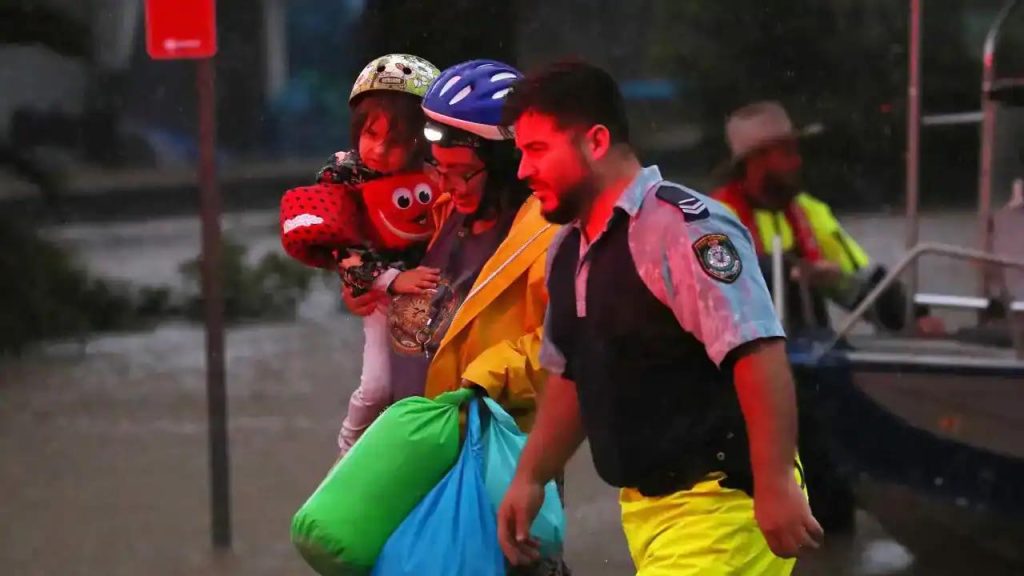
DONATE TO HELP NSW SOLO PARENT FAMILIES WHO HAVE LOST THEIR HOMES IN FLOODS
The last thing I did before going to bed was to hang my children’s floaties on the bedroom door, just in case. A strange thing to do perhaps, but there’s only me. There’s not another set of ready hands, or another mind in the moment, to help problem solve. I’ve got to make the decisions that will give my kids the best chance and protect them as much as I can. The flood levels were not predicted to reach our house, yet I had spent the last couple of days lifting, packing and preparing our house and belongings. The doors were sandbagged. I’d packed a bag in the car and moved it up the hill. I’d turned off all power points, even the fridge. I’d set my alarm to wake hours before the ‘peak’ of the flood so I could assess where we were at. It still wasn’t enough. I don’t think anyone could have prepared enough for this. My 6 yr old son and I ‘miraculously’ awoke at 3.30am, just as the first trickle of water snaked in under the door. A man arrived at our door yelling for us to get out now. We tried to move more of our stuff upstairs to our housemate’s room (another single mum). My little boy waded back and forth carrying his belongings and treasures upstairs. We had 30 minutes before the water had risen to a level where the water reached the bottom of the mattress on which my 2 yr old was still sleeping. I snatched her up and ran out the door. We got to a friend’s house, safe. The flood breached the second level of our house. Incomprehensible. Previously the highest level breached in our house to our knowledge was 15cm. Our ceiling collapsed, our home is unlivable, but what’s most heartbreaking is hearing my little boy try to problem solve where we will now live.
– Nina Woods, Bexhill NSW
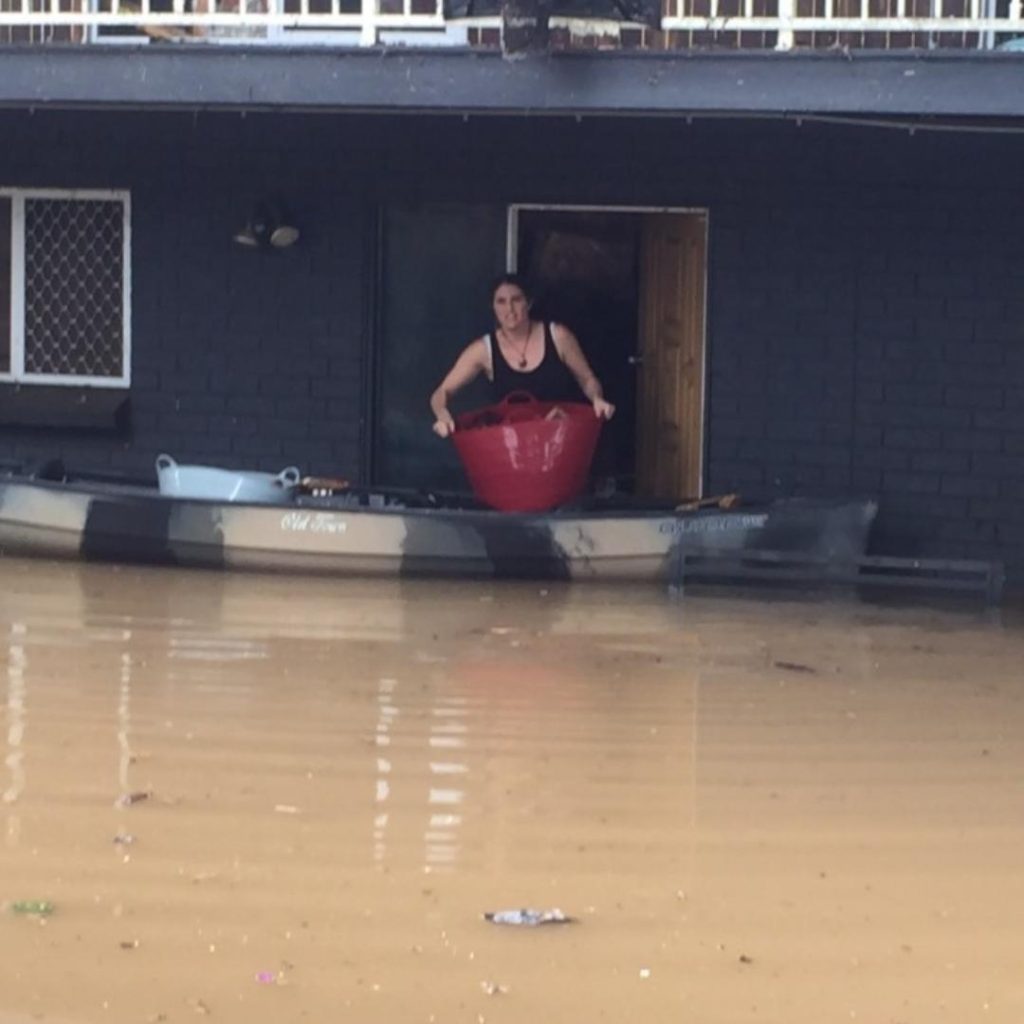
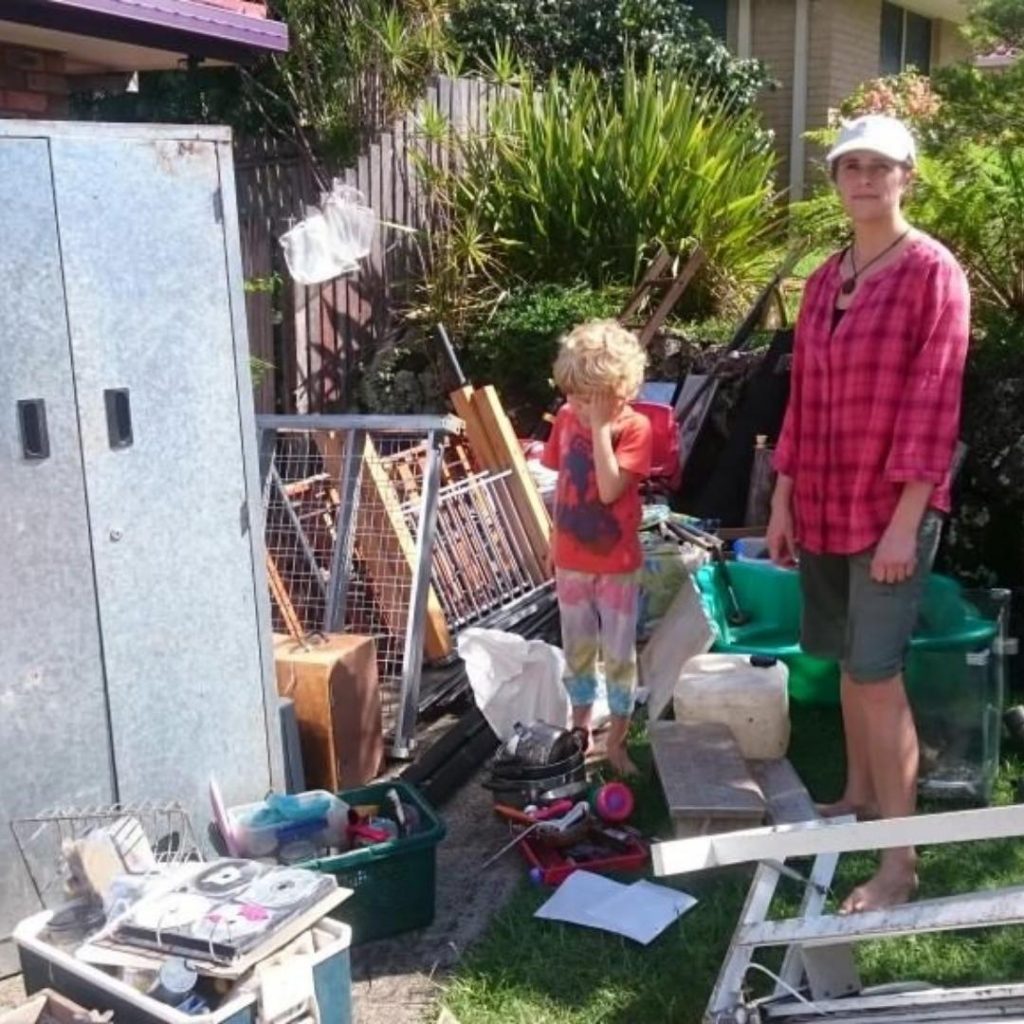
DONATE TO HELP NSW SOLO PARENT FAMILIES WHO HAVE LOST THEIR HOMES IN FLOODS
My name is Kate Coxall, I was a volunteer firefighter with the RFS for over 4 years, and also a trained Case Manager/Support Facilitator. The skills and training I had from this saved our lives, for this I am forever grateful. We lived in Bungawalbin, on a 110 acre property we had rented for 4.5 months after being evicted due to a sale of our Upper Wilson’s Creek Property. We left on Sunday night, because the water had already come under the house and was rising at a rate that was mind blowing, metres per hour. I let our Budgies out, knowing they would be able to fly to higher points, and raised all belongings and furniture to higher points over hours. I mustered the Landlords cattle the day before in thigh deep + water through several complex scenarios including deep water, to the highest paddock on the property near the road. I was so glad I had done that, they would definitely have drowned otherwise. I took my 8YO daughter, our beloved 8YO rescue dog (member of our family) and drove to the neighbours, after leaving extra feed out and what I assumed at the time, was a barrier to water rising, a plastic storage tub, at the chook’s house door.
I came back after another minimal sleep night of the heaviest rain I have ever heard, at 10:30am. The house had already been inundated, to floor height, I was absolutely shocked. I saw the chicken yard was 1m under water and left the car and my wet weather gear on the fence at a high dry point, and waded through 5ft deep water, over a fence to rescue the chickens, all 9 plus our rooster who snuggled into me to thank me, they had 20cm left till they would have drowned. My daughter has not only named them, they come to her and jump into her arms when called.. I managed to put 3 in the plastic tub to take back to her, but then bogged my car trying to turn around. The neighbour came to help out, and bogged her car, we had access to her partner’s family Ute, which we drove back to the cars, i tried to two her out, unsuccessfully due to the conditions and angles. We saw 5 people carrying a motor, then a boat, attempting to get from Bungawalbin to Coraki, some shoeless, one, Craig, with a huge gash on his head. We begged them not to keep going, just to come and shelter with us, but they refused, and attempted to go on. We later got an urgent message on social media that they were in need of desperate evacuation and had chained themselves in the Tinny to a tree. I cried for them many times, desperately asking other emergency service and medical trained friends to call 000 as I couldn’t call out, but could message. They survived thankfully, we later found out.
Then the water rose and rose, and we heard the neighbours on the other, much lower side hadn’t been rescued yet and had lost all communication. I again asked friends to please, please call in the rescue knowing Lehann Suffolk and partner were mature aged, and much lower down than where we were. That night, after hearing choppers throughout the day go past, having logged the rescue for them, and us, I couldn’t sleep. I left a flashing torch on the fence post, illuminating the house, deck lights on, hoping the SES would see us. We learned that SES and ADF were grounded at midnight by the time the messages came through, it was terrifying knowing how incredibly fast the water was rising and how inundated we were. At 4am after many days with minimal sleep, I thought I heard 3 voices and screaming.. I felt beyond desperate, worried the Suffolks had not survived. I kept messaging people and services asking for help. That next day I was worried the other lady with me had gone into sepsis, and I felt I had started to go into shock, the water was still rising, and I was exhausted. We spent many hours outside trying to wave at Choppers. The first went straight over us, but the cloud cover was so thick that they missed us altogether. That moment was very disheartening, I thought we may not get rescued.
My daughter was so brave throughout, but I saw her struggling with the reality that we may/may not get rescued, the fact she learned our house was fully under and the gravity of the idea that we may need to not just leave Budgies AND chooks behind, but her beloved support dog. I was so glad that I could identify what was happening for her and hold her through it. When the chopper came, after I had suggested that we find fluoros and other high visibility materials, which we laid down in the house yard and my neighbour laid on the road, after we waved and yelled and thought they may not find us, we were so, so relieved. I hugged Rob from the ADF thanking him, and then he told us that we couldn’t bring our dog. It was heartbreaking for us both. I took her back to the house where I had laid all the dog food we had and a large bowl of fresh water and told her to “stay home”. She got out and tried to follow us. My heart broke as I had to tell her to “go home”. I was worried she would get hurt or traumatised further from the chopper. I will never forget her face, I just want her back with us. We then were airlifted to Lismore SCU Evacuation Centre, given fresh food, a bed and offer of clothes, medical support and toiletries and charging stations. The gravity of what we had been through was starting to hit me, but we are so grateful to be safe. My employers, from The Lismore App, now family, offered us a place in their home, which is where we have been since, in Gooonellabah. What blew me away most is that a lady came up to me and offered that we could go and stay in her Mum’s granny flat, her name is Mim, and she could lend us a car.. everyone was so kind, I could never thank them enough. The best moment for me was when I was able to ask the man who had already been rescued in the chopper if he had come from the Suffolks property, the neighbours I thought I heard screaming and was desperately worried had drowned.. he confirmed they were all alive and not too unwell. That moment was just the most heartening of all. Thank you to all the rescue personnel, friends and community for your support to get us out, and to check in. It’s made all the difference.
– Kate Coxall, Richmond Valley NSW
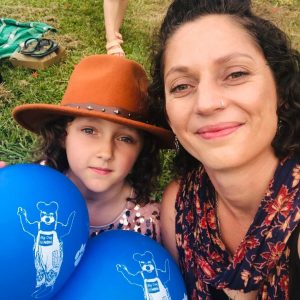
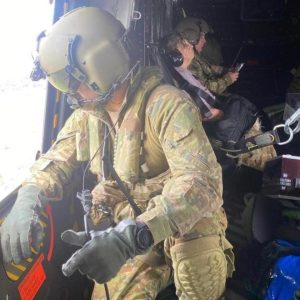
DONATE TO HELP NSW SOLO PARENT FAMILIES WHO HAVE LOST THEIR HOMES IN FLOODS
I’m overwhelmed by what a long haul this is going to be. It’s taken me years after my husband left us with nothing to rebuild our lives & now my daughter keeps crying listing all the things she became attached to. It’s hard for children to comprehend the notion of our lives being at risk vs material or sentimental things. Myself and another solo mum fled at 4am with our kids and nothing but the clothes on my back. Our double story house is under and have lost everything. We also don’t know where we are going to live. The housing situation in the northern rivers is so dire – worst for solo parents. I felt vulnerable before : now I’m not sure there is any hope of us being re-housed or recouping what we lost .. it all feels too hard right now : /
– Leah Bee, Bexhill NSW
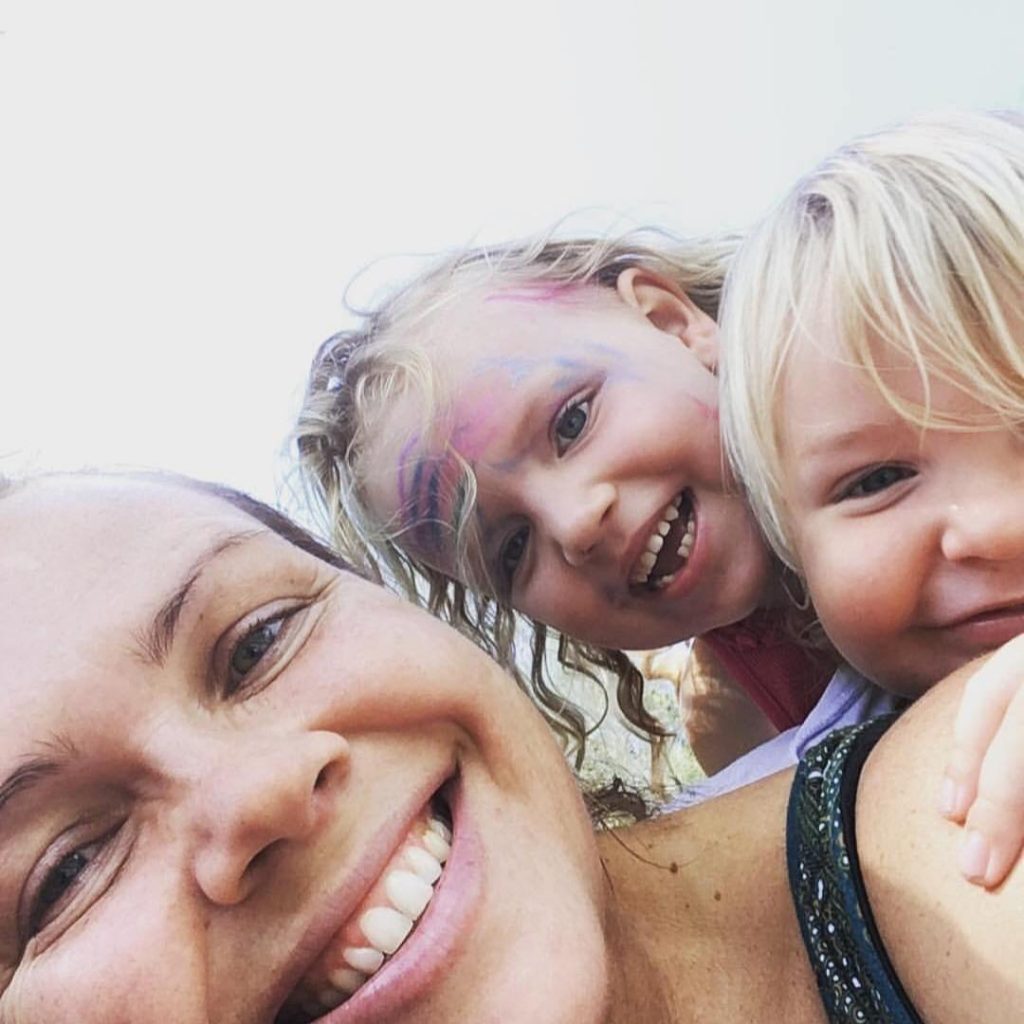
DONATE TO HELP NSW SOLO PARENT FAMILIES WHO HAVE LOST THEIR HOMES IN FLOODS
My name is Elina Salokangas. I’m a single mum of 9yo girl and 6yo boy. We live in The Channon, NSW. This is our story.
Sunday night the power went out at 11pm. So I had flashlights ready. There was a teeny bit of water coming into the living room under the skirting board, which happens sometimes when it rains. So I was up mopping. Then when I went to toilet around 1pm, flushed it, the water came up halfway. I thought, “That’s strange…” I went out to check the creek level on the side terrace (there’s a normally dry creek next to the house, about 5m below the level of the house) and I saw the water level was up to the terrace!! That has never happened before!
I went out to the front terrace to check if I could see any water, and water was all I could see! I quickly rescued the bunnies – the bottom floor of their cage was already under. Then I woke up the housemate in the studio. Moved my campervan on higher grounds. Then went back mopping… until the water started to come in from everywhere!!
My first thought was to lift everything from bottom shelves and cupboards up higher, onto top of the shelves, thinking I was saving all the most important things… little did I know that all the shelves and furniture would fall over anyway. My son was sleeping on the couch. I picked him up when the water level was almost touching him. Put him down on my bed, next to his sister. Quickly went to get some jumpers for them… wetsuits… then woke the kids up, carried them to the kitchen table and put the wetsuits on. My housemate had two life vests as well, which I put on for them.. then the table started to wobble and float! Carried the kids to the kitchen counter, while putting up the ladder, and then carried them to the ladder and up to the bus roof. So grateful my bus was parked under the terrace roof 2 weeks prior! And you could quite easily climb to the roof of the house from the top of the bus, if necessary.
Last thing I got from the garage was a tarp, kids floaties, saw, rope, secateurs… water up to my belly button by then. I sawed the legs off from the little bunny cage and so we could fit them on the bus roof as well.
By then it was maybe 3am? It all happened so fast, from no water to waist height in 30mins, I think! I was too wet to go to the roof, smelling like sewerage, so I ended up standing on top of the ladder, leaning on the bus, the rest of the night. Also to make sure the ladder wouldn’t float away.
By the sunrise the flood levels dropped. I got down, started to clean up the sludge from the front terrace and gather all the bits and pieces, while the kids were still sleeping up on the bus roof. It was still raining non stop, and less than an hour later the water started to rise up again!! I climbed back to the roof. About 1m water on the terrace and indoors… during the night it peaked at 1.8m indoors, 2-3m around the house, up to 4m on the driveway… my hitop campervan was almost totally under.
When my son woke up, he saw somebody swimming in the flood waters!! We could not believe our eyes! It was our neighbour, the landlady’s nephew, coming to check on us if we were Ok. First time ever I identified somebody as a True Blue Ozzie Hero! About half an hour later our other neighbours came in by canoes to rescue us! By then I felt totally dysfunctional, just so relieved and happy to be rescued. We survived. Can’t stop thinking about how different the outcome it would have been if I would have gone to bed early, before 11pm, that night…
– Elina Salokangas, The Channon NSW
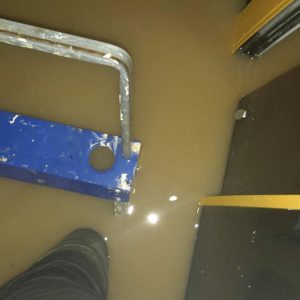
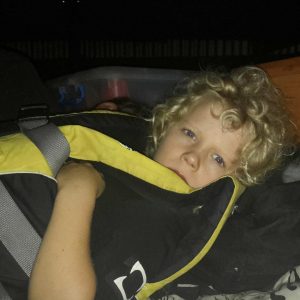
Please share these stories of survival with your community and share the fundraiser. Every little bit helps. Thank you.
With gratitude, kindness and in support of solo parent families who have lost their homes in the NSW floods,
Carly Woods & Charmaine Dennis
Directors
Fertile Ground Health Group

